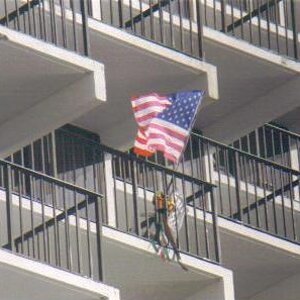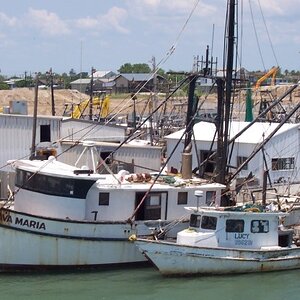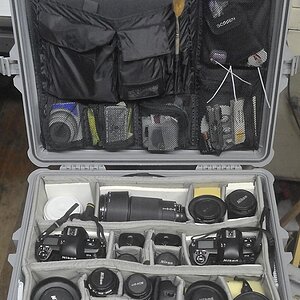Rachel1786
TPF Noob!
- Joined
- Nov 2, 2013
- Messages
- 27
- Reaction score
- 4
- Location
- Northeast PA
- Can others edit my Photos
- Photos OK to edit
I apologize if this has been asked before, but I wasn't able to find the answer I was looking for here or on google.
I'm looking for a lens that can focus on something very close. The closest lens I have currently is my kit lens, canon 18-55mm, which has a min focal length of .28mm(.09ft) I'm sure there has to be lenses that can focus even closer then that tho. I probably won't be buying just yet, but I'd like to start researching now. My current camera is a rebel XTi, but hoping to upgrade to the 70D soon.
I'm looking for a lens that can focus on something very close. The closest lens I have currently is my kit lens, canon 18-55mm, which has a min focal length of .28mm(.09ft) I'm sure there has to be lenses that can focus even closer then that tho. I probably won't be buying just yet, but I'd like to start researching now. My current camera is a rebel XTi, but hoping to upgrade to the 70D soon.



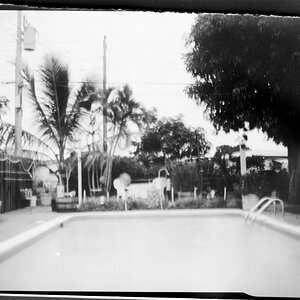
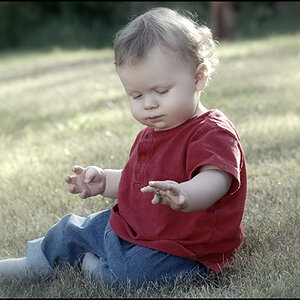
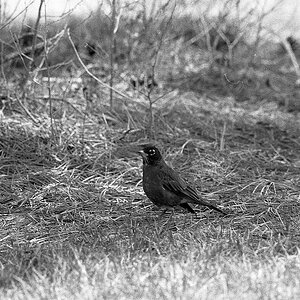
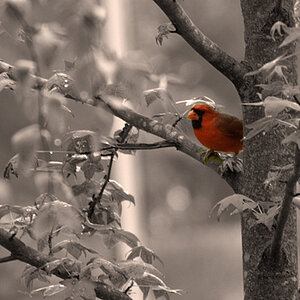
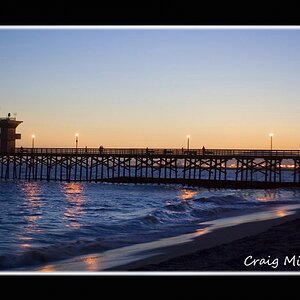
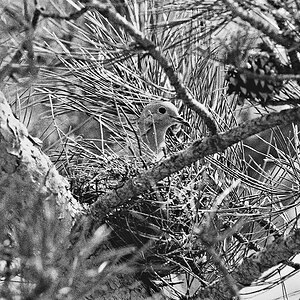
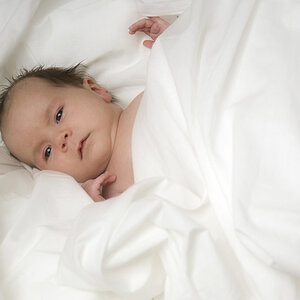
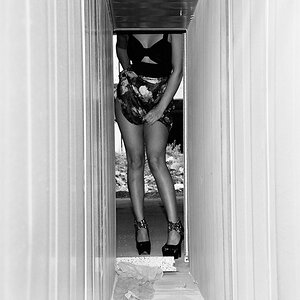
![[No title]](/data/xfmg/thumbnail/33/33341-3a6934b6cdb015b5acf31087acdcd278.jpg?1619735910)
